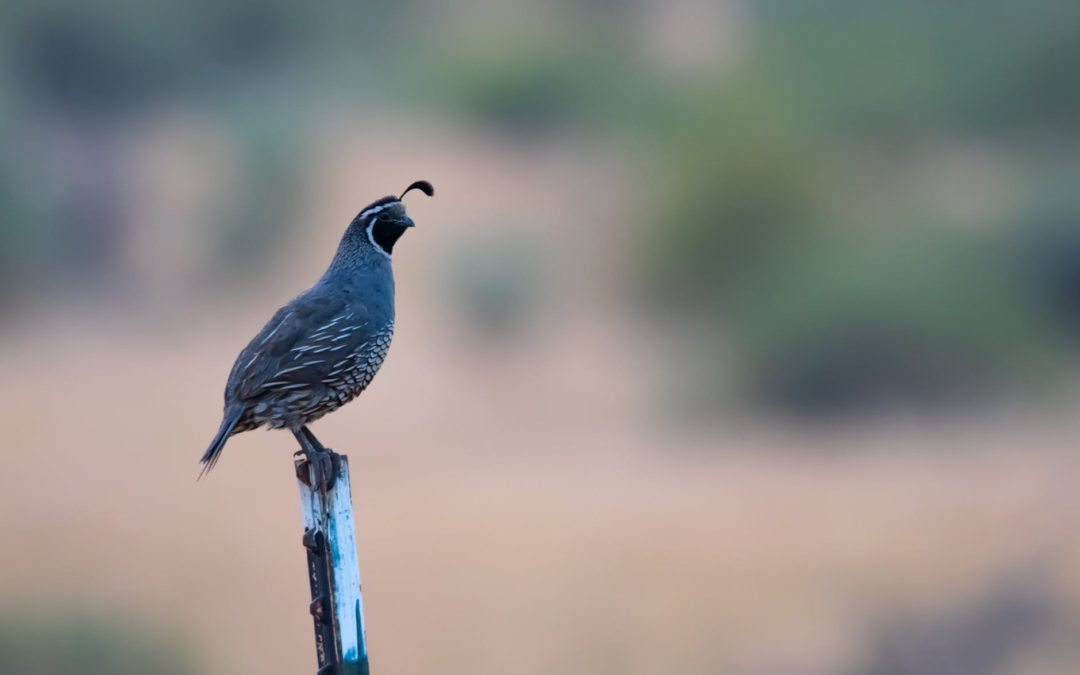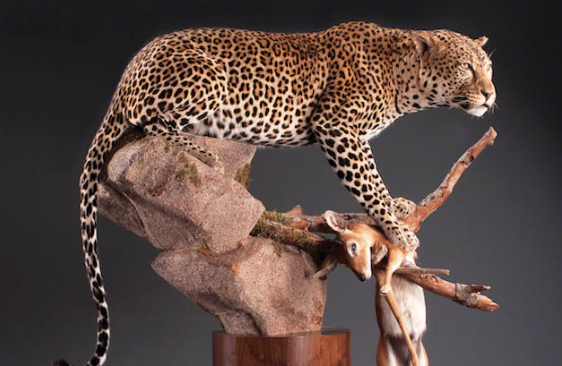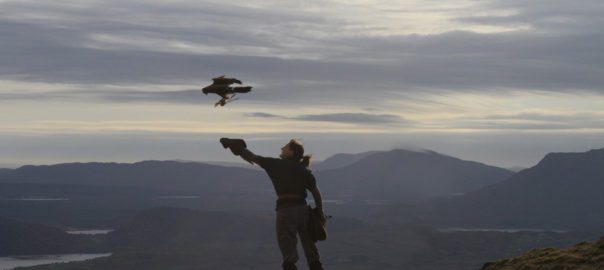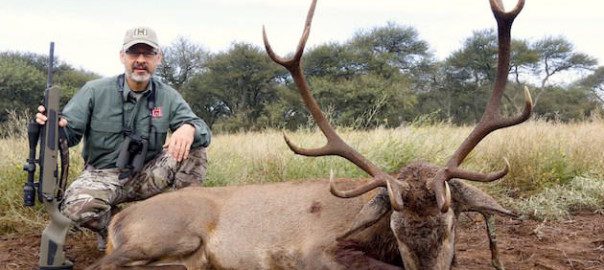“Hunters should also target the Wildlife Management Areas (WMAs) located throughout the state because we will be releasing about 11,000 pen-reared rooster pheasants in these areas,” Heather Talley, Utah Division of Wildlife Resources upland game coordinator, said. “Birds will be released each week throughout November to help increase hunter success and give everyone a good opportunity to harvest birds this season.”
Visit the DWR website to see where pheasants will be released throughout the season. For a full list of WMAs that can be hunted for upland game and which seasons they are open for, visit pages 33 and 34 of the 2019-20 Upland Game and Turkey Guidebook (pdf).
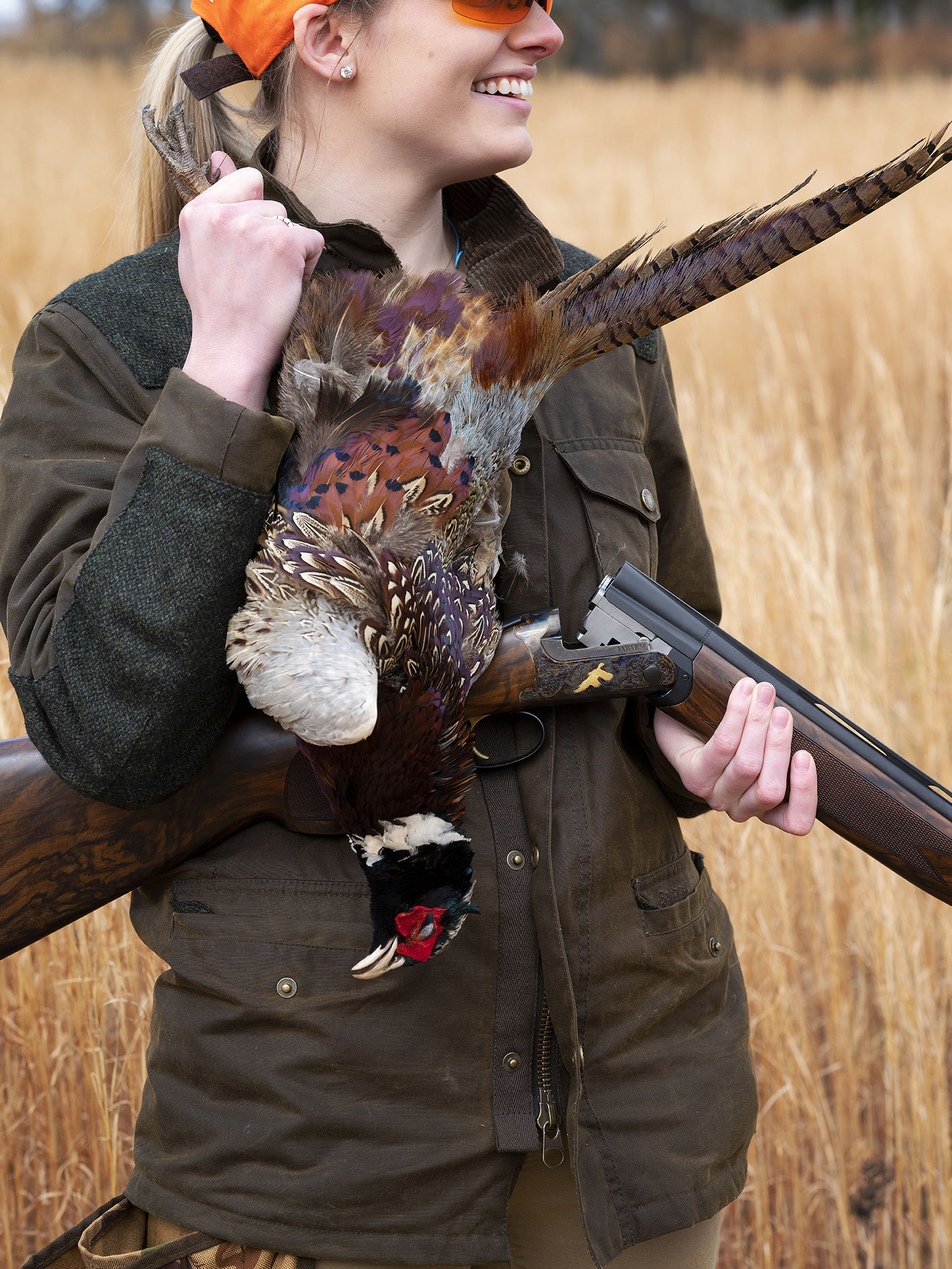 Pheasants like areas that have nearby fields of wheat or corn, which provides feed for them. Hunters should remember that written permission from landowners is required to hunt on any agricultural private lands.
Pheasants like areas that have nearby fields of wheat or corn, which provides feed for them. Hunters should remember that written permission from landowners is required to hunt on any agricultural private lands.
Pheasants also prefer habitat with stemmed grass that provides nesting cover, as well as areas with dense woods or wetlands with thick cattails that provide shelter during the snowy winter months.
These birds are good at hiding in brush, so hunting with a well-trained dog will increase your chances of success.
“If you don’t have a dog, you can still be successful by walking slowly to flush out the pheasants,” Talley said. “Many times, they will flush if you stand near them for a few minutes because they think that they’ve been spotted.”
Walking along ditch banks or fence lines is also a good hunting strategy. Pheasants typically prefer to run rather than fly away, so if you walk along these areas, you are more likely to drive them out into the open, where they will flush.
“If you do choose to hunt on one of our WMAs, be willing to hike a long way away from parking areas and other hunters to increase your chances of finding the wild birds,” Talley said.
Hunters should also remember that several of the WMAs require non-toxic shot (for example, steel shot) when hunting. Lead shot may not be used. For more information about the pheasant hunts, visit the DWR website.
Hunting quail differs in each area of the state. In northeastern Utah, quail populations reside mostly on private property, so be sure to obtain written permission prior to the hunt or hunt on Walk-In Access properties to increase success. In the West Desert part of central Utah, quail hunting is limited due to the majority of the population inhabiting urban areas, which are off limits to hunting. The highest numbers of quail in central Utah are found in and around Tooele City.
Quail are not widespread in the southeastern part of Utah, but there are localized populations near farmlands along the Colorado and Green rivers as well as in lower Huntington Canyon and along the Price River. The southern part of the state has California quail populations in the valleys near the town of Fillmore (there is a Walk-In Access property, GBeestonGolf, that offers hunting access outside of city limits.) Be sure to obtain an authorization number to use Walk-In Access properties. Additional hunting opportunities exist throughout Sevier County, as well as south and east of Kanab and along the Arizona border.
California and Gambel’s quail are hunted using similar methods — just in different habitats. When hunting Gambel’s quail, look for Joshua trees, dry washes and draws with black brush or desert almond. California quail will occupy washes containing water and brushy cover, and will eat flowers from grasses, trees and shrubs, as well as seeds and leaves.
“It’s best to hunt quail with a trained hunting dog, since quail would rather hunker down and hide than fly away,” Talley said. “Holding the quail in place with a dog will enable you to get close enough to flush the birds and get a shot. If you don’t have a dog, you can still hunt quail successfully. If you get close enough to running quail before they fly, you can still get a good shot.”

